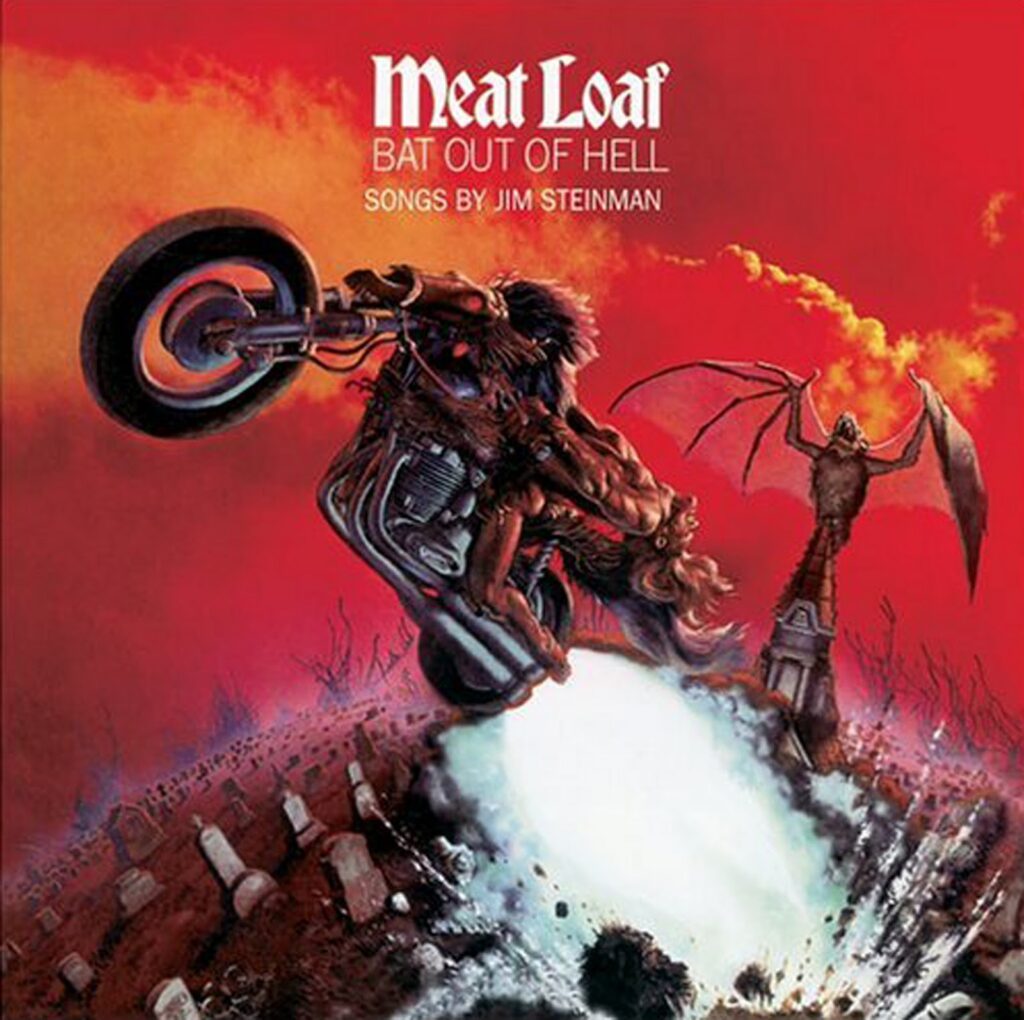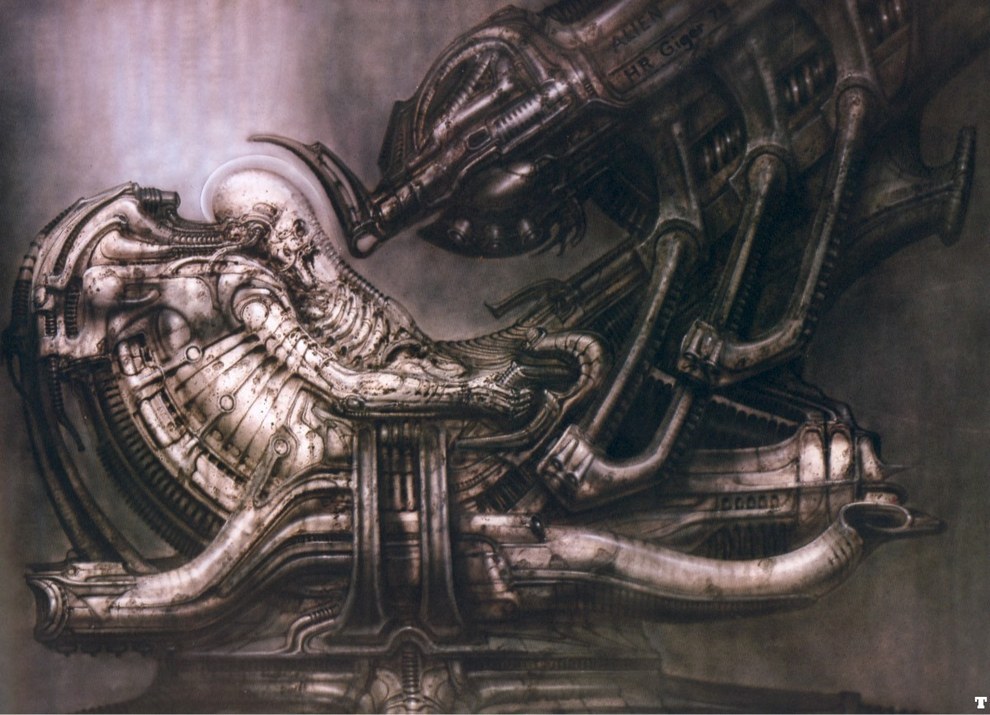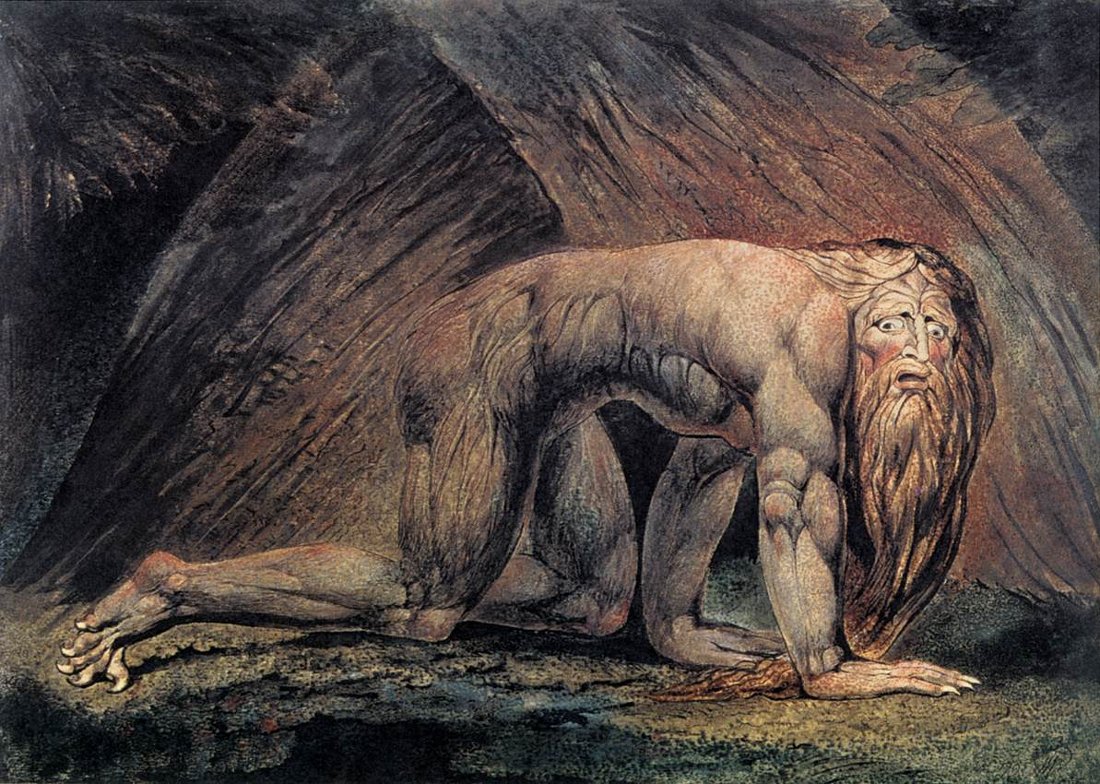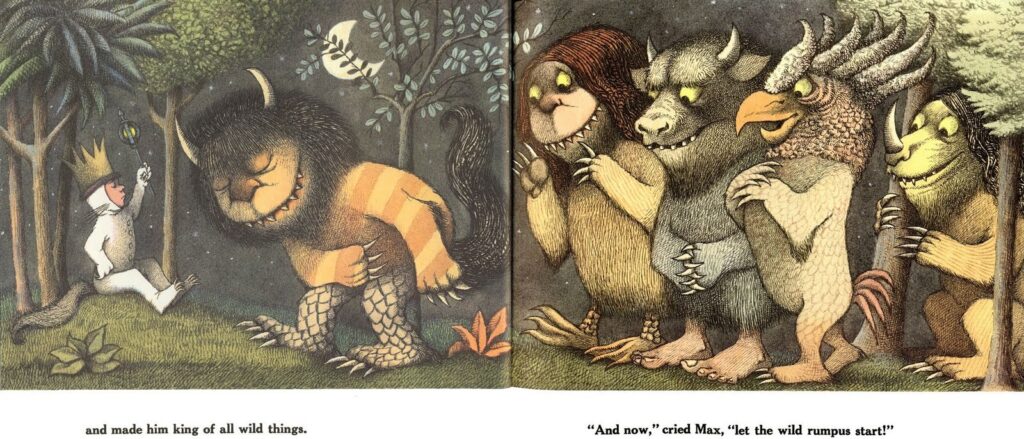Today, we’re taking a tour of some of the most influential and/or famous illustrators of all time, with works spanning from the 18th century up to modern day. If you’re a student attending illustration school and want to take a page out of the books of giants that came before you, check out the following trailblazers of the illustration industry.
1. Charles M. Schultz
No list of the most influential illustrators of all time is complete – or should even begin – without a hat-tip to Charles M. Schultz, the godfather of daily comic strips.

Not only did the Peanuts creator directly influence the likes of Bill Watterson (of Calvin & Hobbes fame), but he also set the bar infinitely high for success in the field of comic illustration. Peanuts is most likely the most syndicated, most translated, most merchandized, most awarded and most influential comic ever created and possibly the longest running (at least by a single author and illustrator, with Schultz having created close to 18,000 strips over 50 years.)
Schultz worked tirelessly on Peanuts, drawing a new one daily and refusing any assistance. He also took only one break – to celebrate his 75th birthday – during the five decade run of Peanuts. The hard work certainly paid off, however, with Schultz having earned around $1.1 billion over his lifetime.
2. Richard Corben
As one of the lesser-known illustrators listed here, Corben is the kind of guy whose work abounds in popular culture and is instantly recognizable, even if you don’t know the name. Amongst his immense body of work, there’s at least one individual piece that you’ll probably recognize:

For the most part, Corben has kept his mastery to the graphic novel sphere, but his work there has received no end of praise from other top illustrators. One such example being H.R. Geiger, who wrote: “People like Richard Corben are, in my view, maestros.”
And speaking of which…
3. H.R. Geiger
Few illustrators have a penchant for the nightmarish quite like the late Hans Rudolf Geiger, a man whose surrealist work – be it illustration, sculpture, or paintwork – was as unique as it was unsettling.

His bizarre melding of the biological and the mechanical went on to attract the attention of Ridley Scott, who put Geiger’s talents to good use on a little sci-fi film called Star Beast. Of course, this was later entitled Alien and the rest is history, with Geiger’s horrifying eponymous creation having endured in pop culture to this day.
As an amusing aside, the artist was once held up and searched at an airport. Of the experience, Geiger recalled: “Dutch customs once thought my drawings were photos. Where on earth did they think I could have photographed my subjects? In Hell, perhaps?”
4. William Blake
While the English poet’s art and illustrations didn’t garner much acclaim during his own lifespan, his artistry – both written and illustrated – had a huge influence on the world from the pre-Raphaelites onwards, and his depictions of biblical and other subject matter have endured in popular culture ever since.

Incidentally, when speaking of the most influential illustrators of all time, Gustave Doré’s name frequently crops up. A curious link is that William Blake wrote and illustrated Milton: A Poem in Two Parts, which was centered around John Milton (real-life author of the epic poem Paradise Lost) returning from his tour of the heavens to recount his tales in poem format. Gustave Doré had earlier illustrated Paradise Lost, and also provided the illustrations for Dante Alighieri’s The Divine Comedy…
… an epic poem which featured the author taking a tour of the heavens to recount his tales in poem format.
5. Maurice Sendak
Sendak illustrated and wrote a huge array of highly popular children’s titles, but it was his 1963 creation Where the Wild Things Are that arguably influenced American children’s illustration moreso than any other title (by Sendak or otherwise).

Where the Wild Things Are eventually became an unprecedented success, having sold around 20 million copies since its publication and tangibly changing the way countless illustrators thereafter approached artwork for children’s books – while dark themes have always been common to children’s literature, it was very rare for illustrators to mirror this darkness in the graphical elements. This could be the reason why early reviews of the book were negative, and many libraries refused to carry it.
Despite the huge popularity of the book, Sendak refused to create a sequel, calling it “the most boring idea ever.” Following his death in 2012, New York Times heralded his lifelong achievements and noted in their obituary that Sendak was “the most important children’s book artist of the 20th century.”
Few would argue that distinction.
